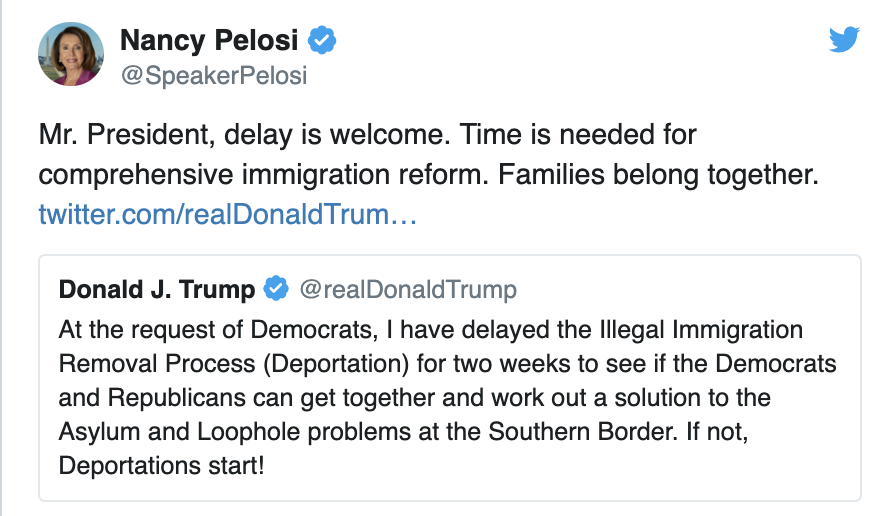In this post, we would like to keep our readers informed about Visa Bulletin projections for the coming months. Charles Oppenheim, Chief of the Visa Control and Reporting Division of the U.S. Department of State provides a monthly analysis of each month’s Visa Bulletin including discussion of current trends and future projections for immigrant preference categories.
Below are the highlights of those trends and projections for August 2019:
EB-1 Worldwide: As demand has increased in recent weeks, this category is expected to retrogress in early August, and return back to April 22, 2018 in October of this year.
EB-1 India: This category is not expected to advance prior to October 2019. During October 2019, this category is expected to return to a Final Action Date of February 22, 2017.
EB-1 China: This category is not expected to advance prior to October 2019.
EB-2 Worldwide: Due to increased demand in recent weeks, this category is no longer expected to remain current through September 2019. A retrogression is expected in this category in early August 2019. EB-2 Worldwide is expected to become current again in October 2019.
EB-2 India: This category is expected to continue to advance slowly, by a few days or a week.
 Visa Lawyer Blog
Visa Lawyer Blog














